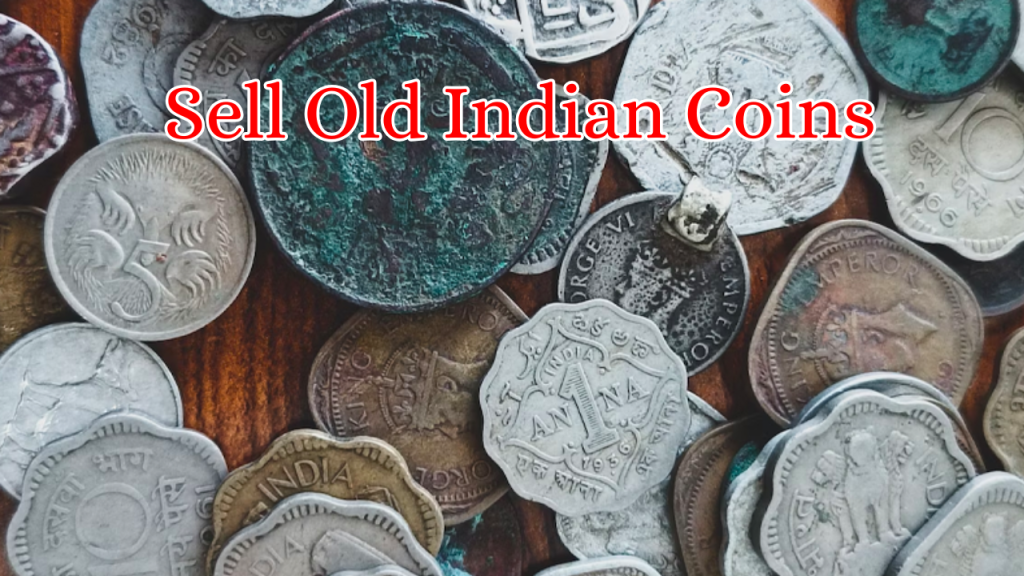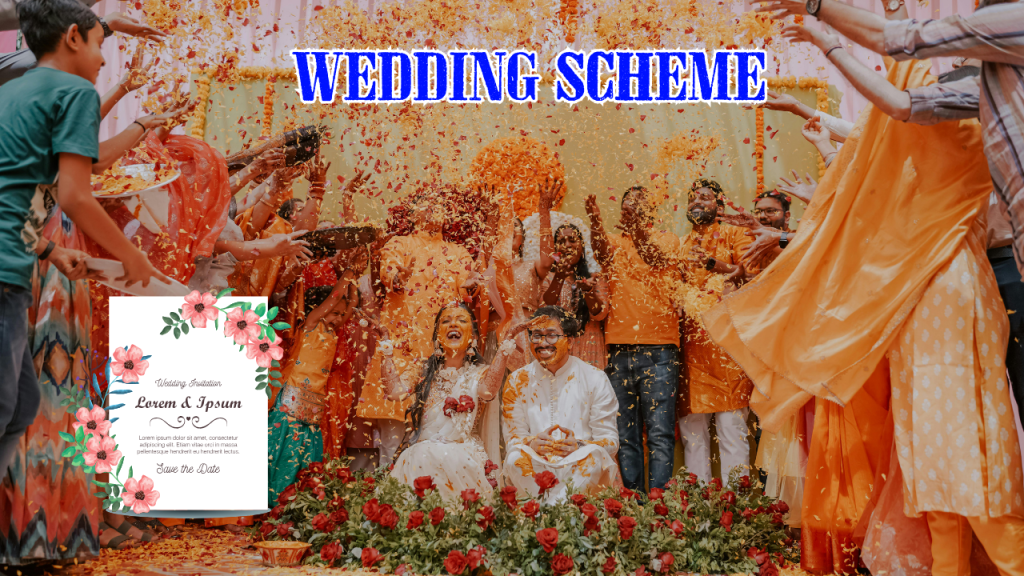Introduction to Hyper-Realistic Statues
Hyper-realistic statues are art pieces designed to look almost alive. Artists use high-definition references, often a single photograph or a series of images, to capture every subtle facial line, texture, and expression. When a single photo prompt is provided, it becomes the blueprint for the entire sculpture. The photo prompt serves as the core inspiration. Artists carefully analyze lighting, angles, and minute details like skin pores and hair patterns. A high-resolution, well-lit photo is essential because it guides proportions and color tones, ensuring that the final statue mirrors the subject precisely.
Selecting Materials for Realism
Materials play a crucial role in achieving lifelike quality. Silicone, resin, and specialized polymer clays are preferred for their ability to hold fine details. Many sculptors also use glass eyes and real or synthetic hair to add depth and authenticity. Before touching traditional sculpting tools, many artists create a digital 3D model. Software such as ZBrush allows them to sculpt virtually, experiment with proportions, and match the photo prompt perfectly. This stage helps in identifying potential challenges before moving to physical materials.
Sculpting the Base Form
The physical process begins with building an armature, usually from metal or sturdy wire, to support the statue. Clay is then layered to form the base shape. The artist continually refers back to the photo prompt to ensure symmetry and accurate posture. Once the basic shape is set, detailed facial features are carved. Every wrinkle, dimple, and contour from the photo prompt is replicated. Special attention is given to the eyes and mouth because these areas define the emotional expression of the subject.
Skin Texture and Coloring
To mimic real skin, artists use tools like fine brushes, sponges, and even dental instruments to create pores and subtle lines. After texturing, translucent layers of paint are applied to replicate undertones, veins, and natural color variations captured in the photo. Realistic hair is often implanted strand by strand. Depending on the photo prompt, artists match the exact shade, curl pattern, and length. This meticulous step adds remarkable realism and movement to the statue.
Create a giant hyper-realistic statue based on the given photo, keeping the original face exactly the same without changes. The statue stands tall in the middle of a roundabout in Dhaka, near a famous historical landmark. The statue is still under construction, surrounded by scaffolding, with many construction workers in yellow helmets and orange vests climbing, welding, and working on it. Parts of the statue’s body are still exposed metal framework, while other sections are already detailed and finished.
The background shows the realistic atmosphere of Dhaka city: crowded streets with colorful rickshaws, packed buses, and small cars circling the roundabout. Street vendors with tea stalls, fruit carts, and colorful umbrellas line the roadside. Shop signs, big billboards, and messy hanging electric wires crisscross above the streets, creating the typical Dhaka city vibe. The bright daytime sky shines above, with tropical trees and a bustling, lively atmosphere. Style: photorealistic, vibrant, and full of life.
Using the nano-banana model, create a 1/7 scale commercialized figure of the characters in the picture, in a realistic style, in a real environment.
The figurine is placed on a computer desk. The figurine has a round transparent acrylic base, with no text on the base. The content on the computer screen is the brush modeling process of this figure.
Next to the computer screen is a ZEN-style toy packaging box printed with the original artwork., The packaging features two-dimensional flat illustrations.
Please turn this photo into a figure. Behind it, there should be a Model packaging box with the character from this photo printed on it. In front of thebox.on a round plastic baseplace the fiqure version of thephoto I gave you. I’d like the PVC material to be clearlyrepresented. It would be even better if the background is indoors.
Clothing and Accessories
If the photo prompt includes clothing or jewelry, these elements are either sculpted or fabricated separately. Fabric specialists may tailor garments to scale, while jewelers might recreate accessories using miniature techniques. The final stage involves sealing the paint to preserve color vibrancy and protect against dust or UV light. A matte or semi-gloss finish is chosen based on how the subject appears in the reference photo.
Display and Preservation
Proper lighting and controlled humidity enhance the viewing experience and longevity of a hyper-realistic statue. Museums and collectors often use UV-filtered glass cases to protect the piece while showcasing its incredible lifelike quality. Creating a hyper-realistic statue from a single photo prompt is a fusion of technology, artistry, and patience. From the digital blueprint to the final brushstroke, every step is devoted to transforming a two-dimensional image into a three-dimensional masterpiece that feels almost alive.





